
views
X
Research source
Though painful, cigarette burns that only impact the top layer of skin may heal completely. However, deeper burns can leave significant, permanent scarring. Though prevention is the best way to manage burns and scarring, treating a burn with cool water, ice, and aloe right away is the best way to avert unwanted marks.
Cleaning the Burn
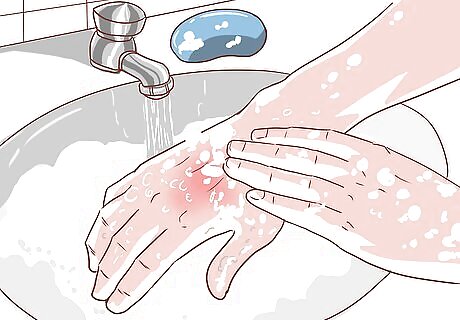
Place the burned area under cool water as soon as possible. For small areas, run the injury under cool water for 5 to 10 minutes, removing any ash and allowing the pain to dull. For larger areas, submerge the wound in a bowl or tub of water. When finished, gently blot the wound with a fresh towel to dry off. Do not run the water at extremely cold temperatures or use ice. Doing so could damage the wound further. If necessary, remove any jewelry or other tight objects from the affected area before washing.
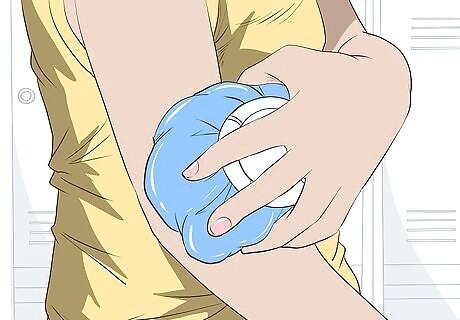
Place a cooling pack on the wound. After 5 to 10 minutes, wrap non-stick gauze or tissue over the wound and place a cooling pack or cold compress on it to reduce swelling. Keep the pack pressed onto the burn for 10 minutes at a time, or until it starts to feel uncomfortable. Do not use ice to treat the wound as doing so could cause tissue damage.
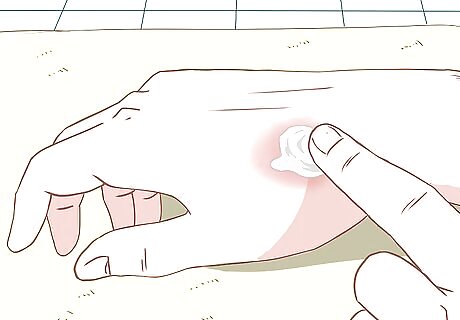
Apply aloe vera or vitamin E gel. To soothe the skin without causing further irritation, apply a thin layer of aloe vera or vitamin E gel to the burn. Do not use topical butters or ointments, which can inflame the area and cause further damage. While your skin recovers, apply a small amount of either substance to the burned area twice a day, keeping it hydrated and healthy. For open wounds, apply antibacterial ointment instead to prevent infection.
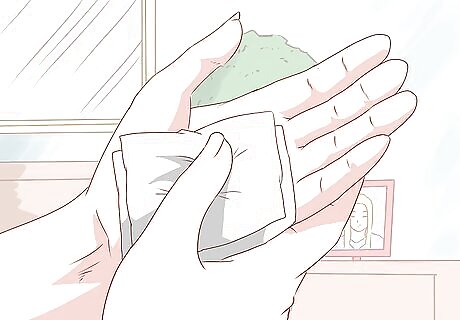
Apply a non-adhesive bandage to open wounds. For some burns, in particular those that have blistered over, a bandage will not be necessary. However, for burns with open wounds, cover the affected area in sterile non-stick gauze that's designed specifically for burns wounds. Make sure the material is loosely wrapped to avoid cutting off circulation to the area or further damaging the skin. If you're dealing with a large wound, or you don't have non-stick gauze, visit a doctor to have the burn professionally dressed.

Take pain relievers if necessary. If your burn is causing a significant amount of pain, over-the-counter medications may be a good solution. Standard drugs like ibuprofen and naproxen should relieve pain without affecting the healing process. Avoid sprays and creams that have to be applied to the wound itself. Before taking pain relievers, read all label warnings thoroughly. If necessary, consult with your doctor prior to use.
Healing the Wound and Preventing Scars
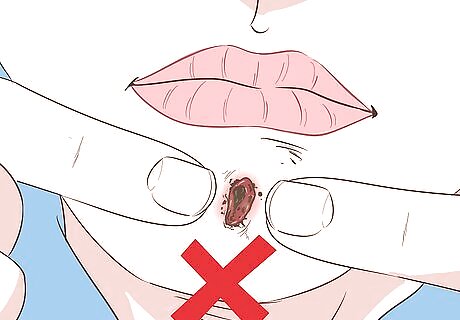
Do not touch the affected area or pop any blisters. While your burn is healing, avoid touching it, scratching it, rubbing it, or popping any blisters that form. Though it may provide short-term relief, it can delay the healing process and lead to infections or scarring. To deal with pain or discomfort, apply a soothing gel to the top of closed wounds. Don't use anti-itch creams. They can irritate burn wounds.
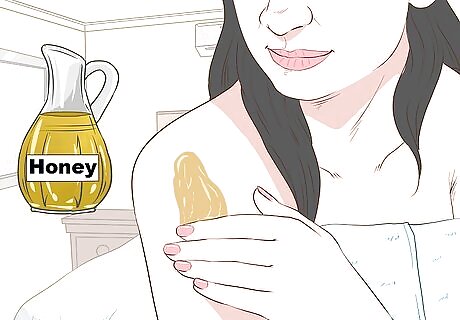
Apply bacitracin ointment or honey over popped blisters. If a blister pops, apply bacitracin ointment or honey over the affected area immediately. Then, cover the wound with a non-adhesive bandage or gauze. This will help prevent infection. You may be able to find gauze that already has honey in it over the counter or with a prescription from your doctor.
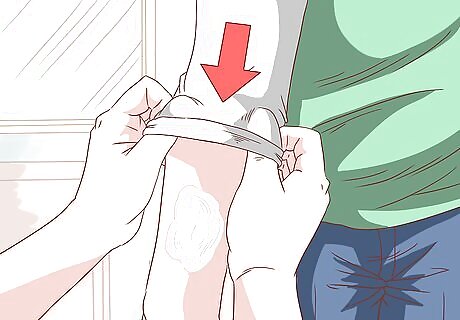
Wear clothing that compresses the skin. To prevent scarring after severe burns, medical providers often order tight, form-fitting clothes to compress the skin. For the less severe cigarette burn, general-purpose clothes can lead to similar results. Wear tight-fitting gloves, shapewear, or similar items over the affected area, serving as a top layer of skin while your body heals itself. The right kind of clothing to wear depends on how big your wound is. Talk to your doctor to find out what kind of clothing you should be wearing.
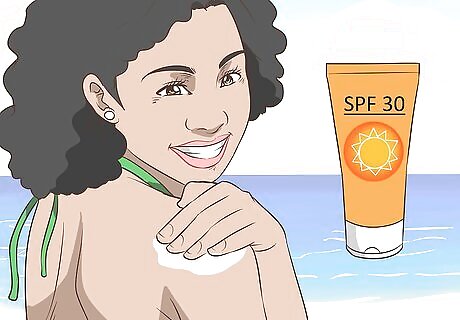
Keep the burned area out of direct sunlight. When the skin over your burn initially heals, it will be a different color than the rest of your body. Until it has time to redevelop its natural pigmentation, keep it out of direct sunlight to avoid any color scarring. This is best accomplished by hiding the area behind thick, dark clothing. If exposure is unavoidable, cover the area with sunscreen ranked SPF-30 or higher.



















Comments
0 comment